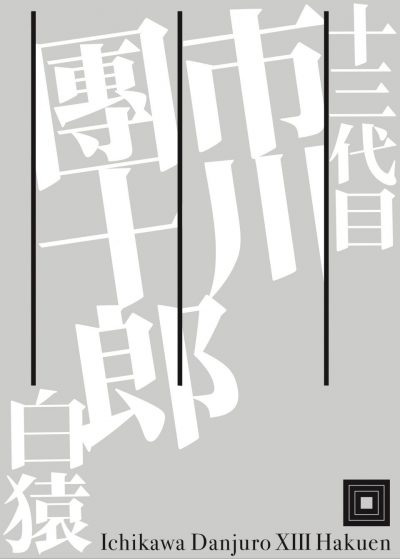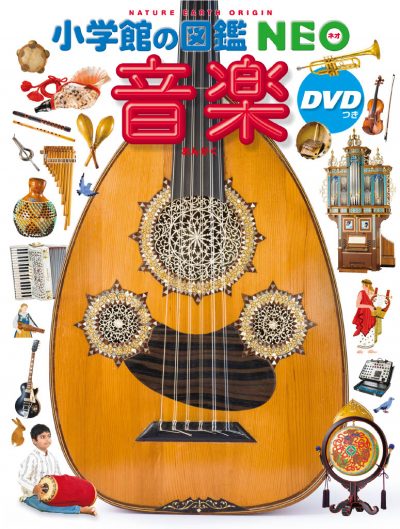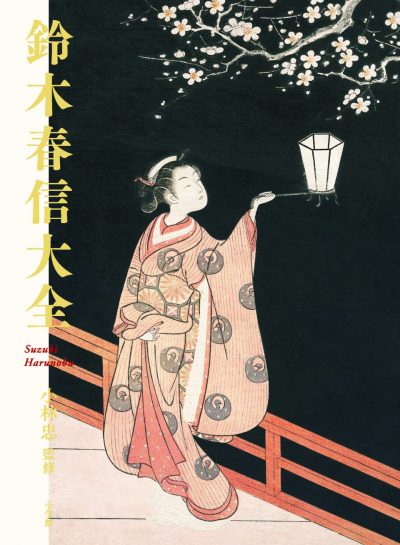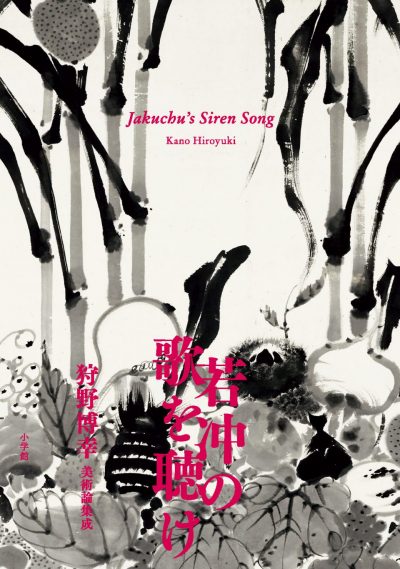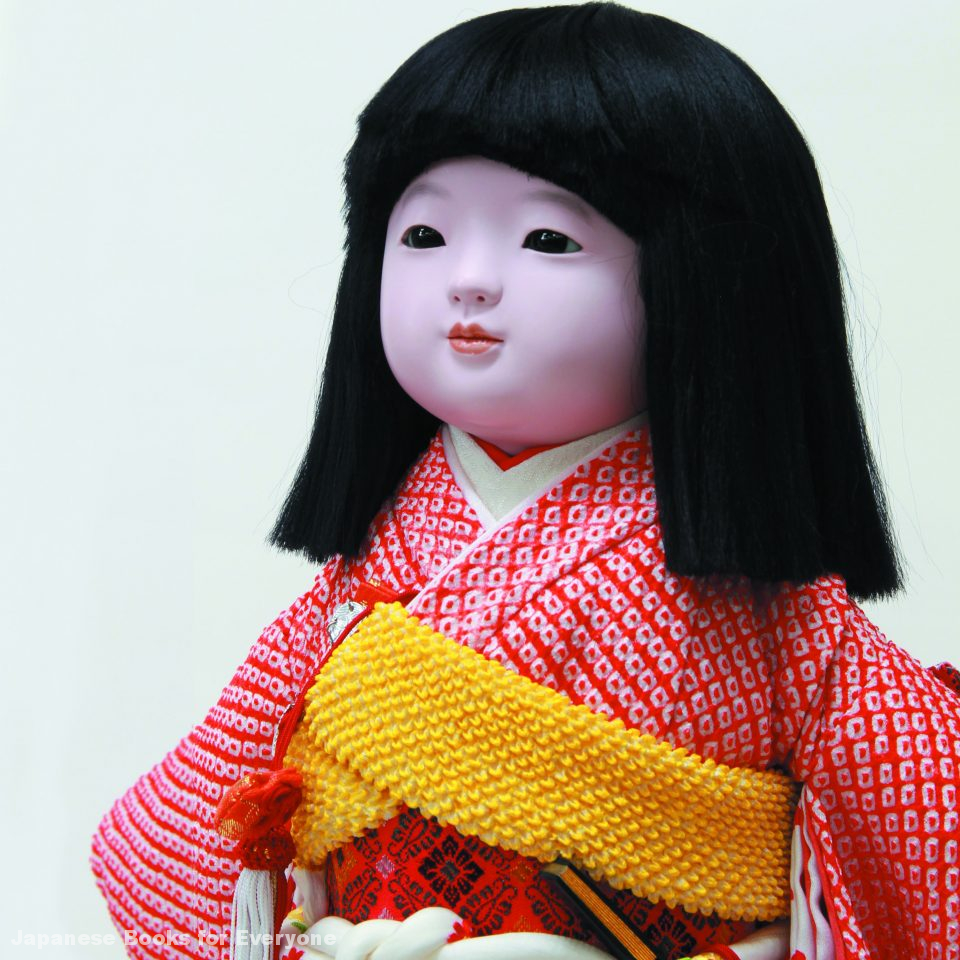
Traditional Japanese Craftsmanship
Kyoto Craft

Ichimatsu-ningyō (Ichimatsu doll)
These dolls are made by applying several layers of gobun (white pigment) onto a base made of a mixture of paulownia sawdust and gluten paste. The features are completed by a combination of engraving and applying paste, creating dolls which are each entirely unique. These dolls can be held and have their clothes changed. Legend has it, the name ichimatsu comes from the Kabuki actor Sanogawa Ichimatsu (1722-1762), who was active during the latter half of the Edo period.
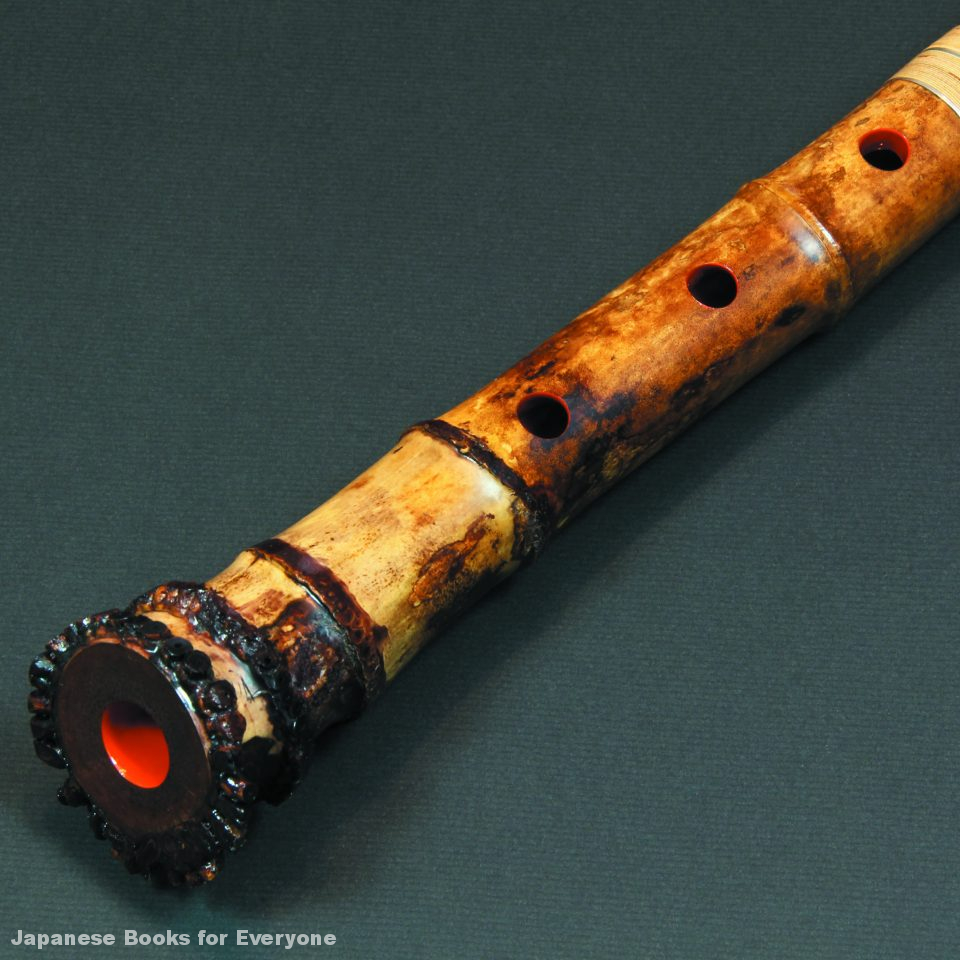
Shakuhachi (bamboo flute)
In winter, when bamboo growth is at its most sluggish, the bamboo to be used for a shakuhachi flute is chosen and harvested. Next, it is seared over a fire to give a well-balanced shape. Shakuhachi played by wandering priests use the bamboo in its original state, but the interior of modern-day shakuhachi are coated with clay to allow them to be played more efficiently. Human ingenuity, combined with the beauty of natural form, creates a tone suitable for an orchestral performance.
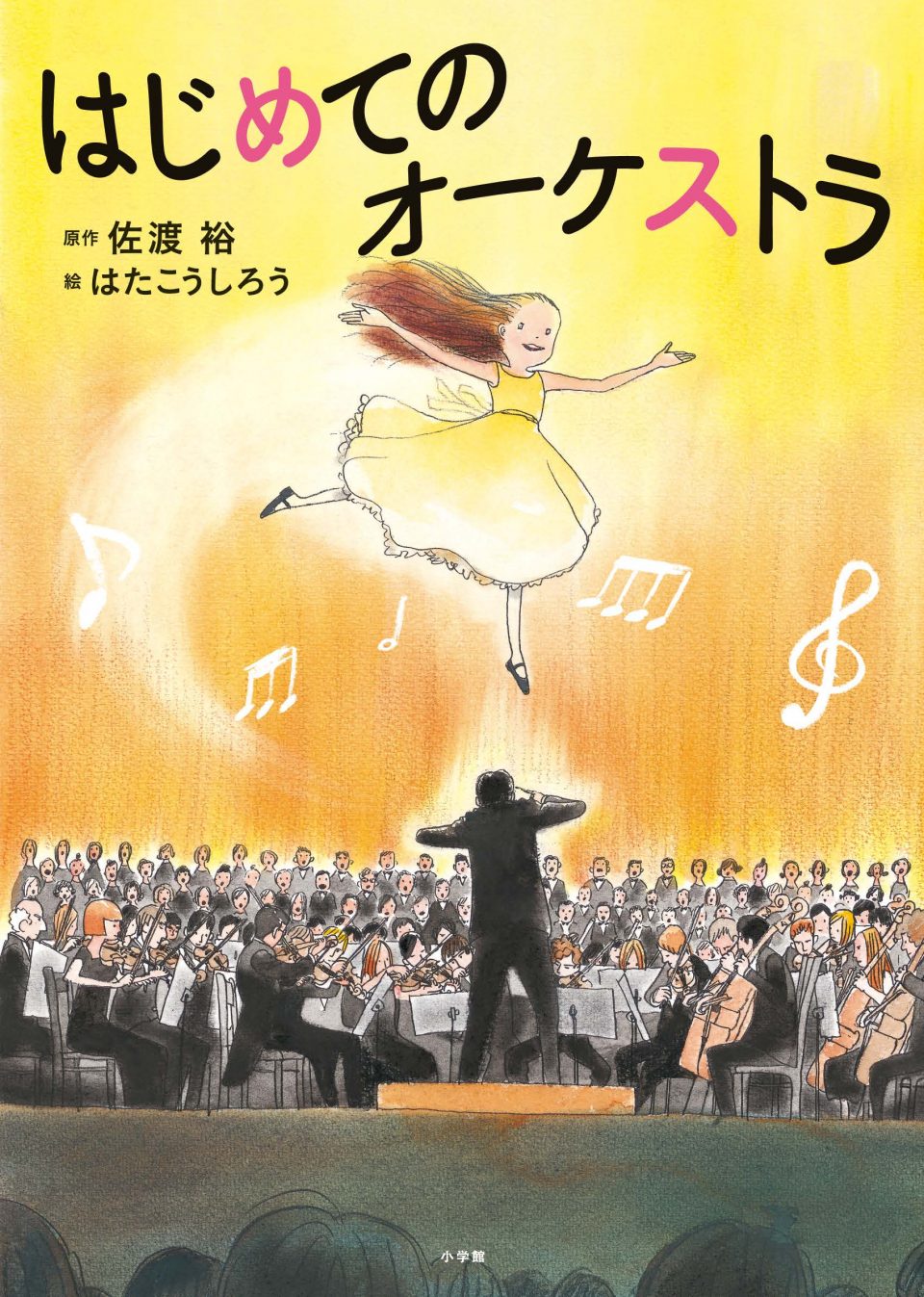
My First Orchestra
The first illustrated children’s book by conductor Yutaka Sado is here!
A young elementary school girl goes to her very first concert to hear her father conduct Beethoven’s Ninth Symphony. Just what in the world is an orchestra?!
Text by Mieko Sawada. Photos by Yoshito Nakano. Edited by Japanese Books for Everyone.



